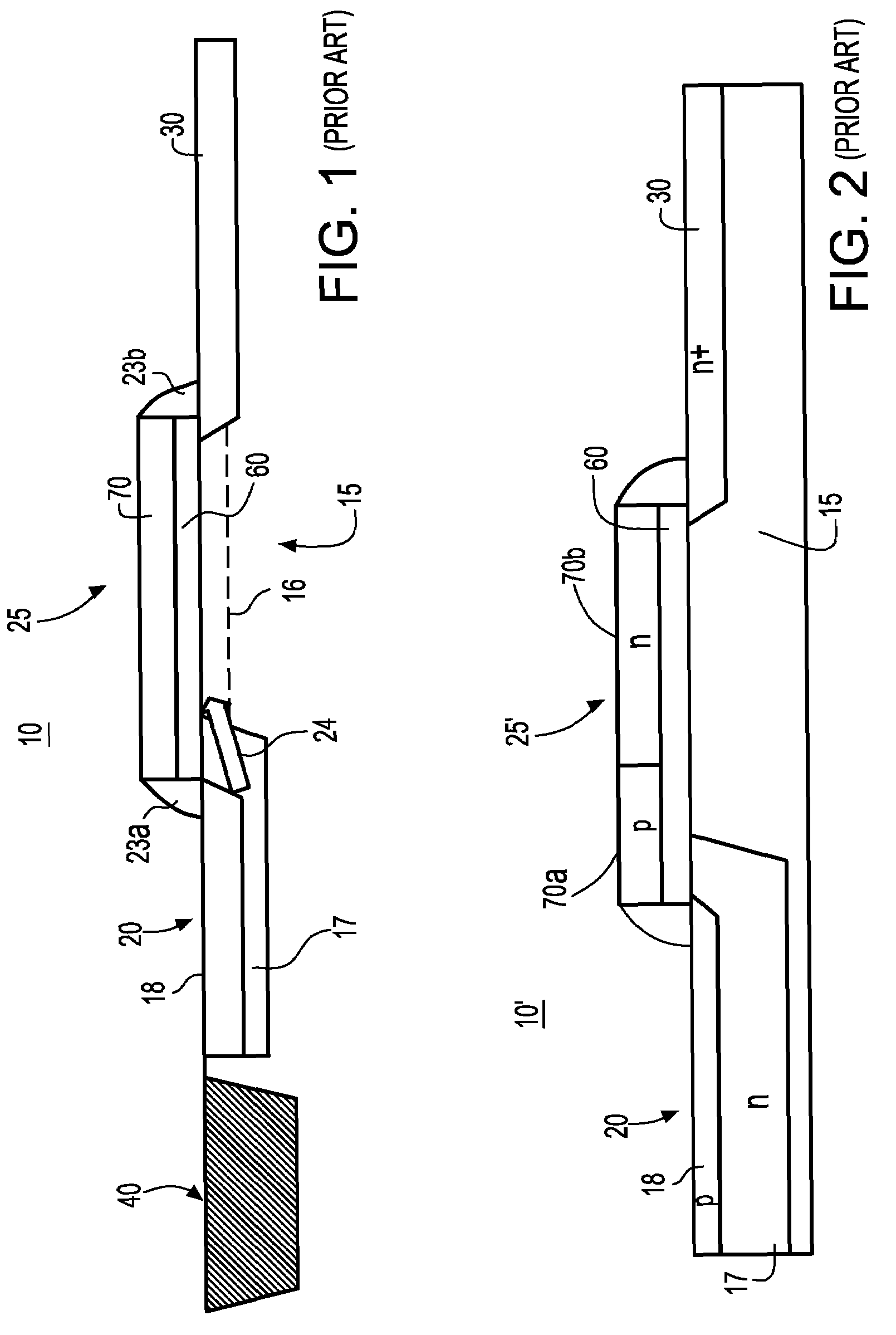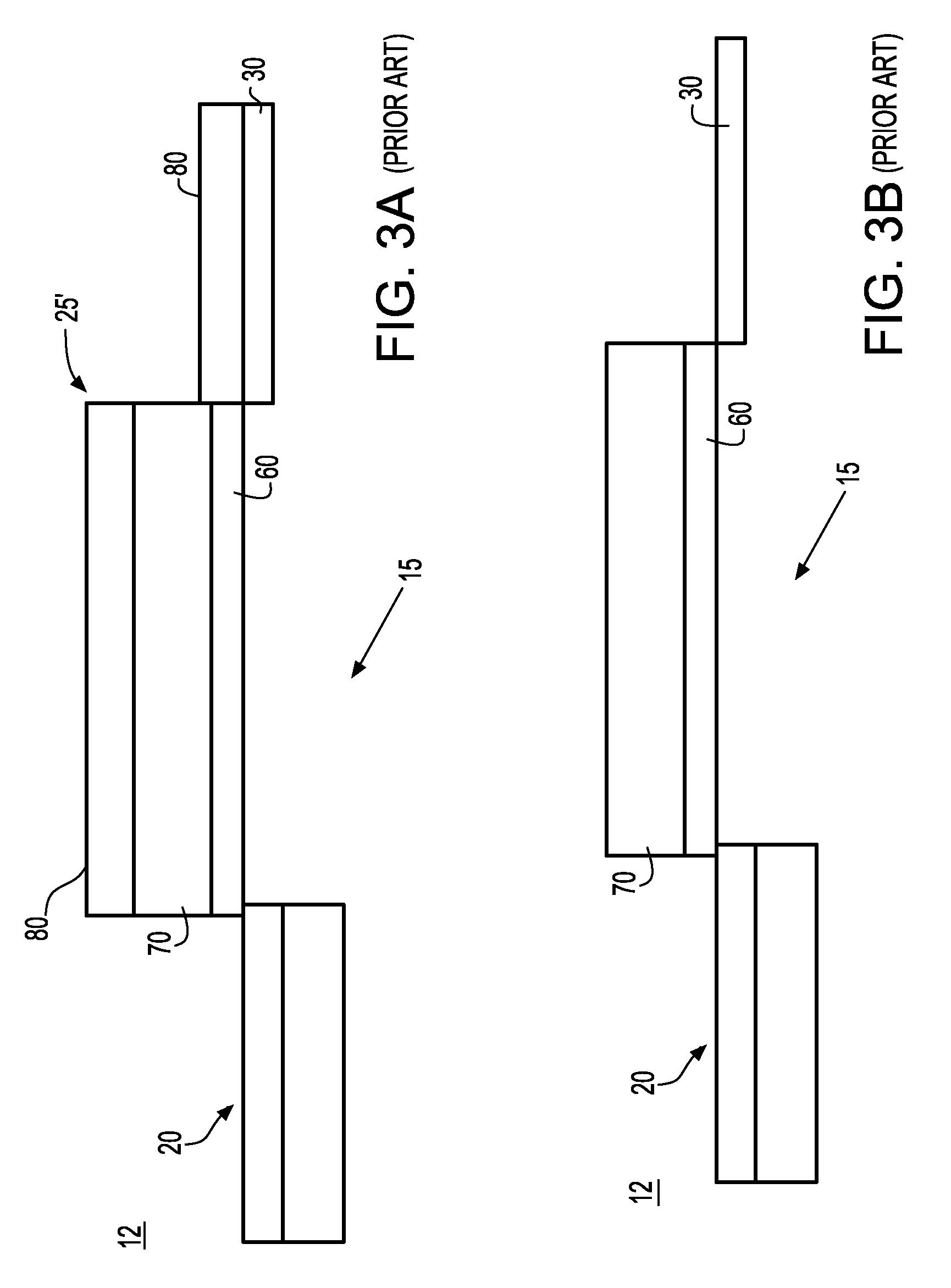Silicide strapping in imager transfer gate device
a transfer gate and shielding technology, applied in semiconductor devices, diodes, radiation controlled devices, etc., can solve problems such as image lag, bright point defect leakage problem, and inability to use pixels, and achieve low lag performance and high barrier
- Summary
- Abstract
- Description
- Claims
- Application Information
AI Technical Summary
Benefits of technology
Problems solved by technology
Method used
Image
Examples
Embodiment Construction
[0041]Prior to describing the present invention in detail, it is instructive to note that the present invention is preferably used in, but not limited to, a CMOS active pixel sensor. Active pixel sensor (APS) refers to an active electrical element within the pixel, other than transistors functioning as switches. For example, the floating diffusion or amplifier are active elements. CMOS refers to complementary metal oxide silicon type electrical components such as transistors which are associated with the pixel, but typically not in the pixel, and which are formed when the source / drain of a transistor is of one dopant type and its mated transistor is of the opposite dopant type. CMOS devices include some advantages one of which is it consumes less power.
[0042]FIG. 4 illustrates, through a cross-sectional view, a back end of line CMOS imager APS 100 including photosensing device, e.g., photodiode 200, and silicon-containing, e.g., polysilicon, transfer gate 125 according to a first em...
PUM
 Login to View More
Login to View More Abstract
Description
Claims
Application Information
 Login to View More
Login to View More - R&D
- Intellectual Property
- Life Sciences
- Materials
- Tech Scout
- Unparalleled Data Quality
- Higher Quality Content
- 60% Fewer Hallucinations
Browse by: Latest US Patents, China's latest patents, Technical Efficacy Thesaurus, Application Domain, Technology Topic, Popular Technical Reports.
© 2025 PatSnap. All rights reserved.Legal|Privacy policy|Modern Slavery Act Transparency Statement|Sitemap|About US| Contact US: help@patsnap.com



